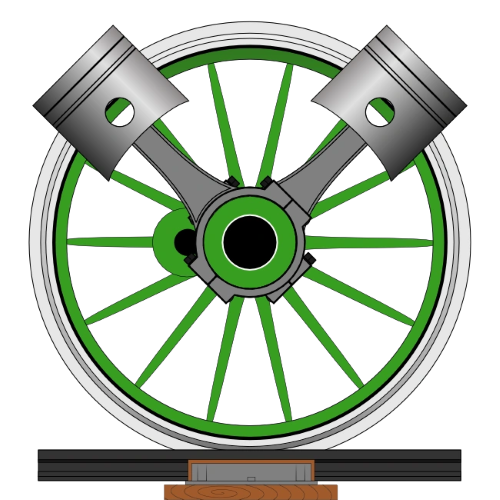
This is a great look at the profile of the 700-Series.
The 700-Series Shinkansen is a high-speed EMU. Built between 1997 and 2006, for the Japan Railways Group companies JR Central and JR West of the island of Honshu.
Design
It shape is designed to reduce certain effects on the train when going through tunnels at height speed. These trainsets use semi-active suspension to make sure the train has a smooth ride at high speed, and yaw dampers to stop side-ways rolling/rocking. They were designed to out-do the 300-Series in comfort and cost less than the the 500-Series.
Variants
The pre-production trainset (C0) was delivered in October 1997. After testing and endurance running, C0 was turned into a production set in September 1999, being renumbered C1.
C sets (1999-present):
These 16-car sets were ordered by JR Central to replace the 300-Series sets in running the Nozomi service. The 700s had three Green class (luxury) cars; their gangways were 30 mm wider, and the ceilings 65 mm higher than the 300's. This made the gangways 600 mm wide, and the ceilings 2,200 mm high. The refreshment counters of previous shinkansens were not installed. Instead there were vending machines that sold drinks at cars 3,7,11 and 15. The first batch was operating the daily return Nozomi services from March 1999, and by July the 700-Series sets were operating five services a day. 700s were introduced on the Hikari services from late 2000 on the Tokaido line. Cars 5 and 12 have the pantographs.
B sets (2001-present):
These 16-car sets replaced the JR West operated 100-Series sets on the Hikari services. 15 were delivered from June 2001 to 2005. Some of the differences between them and the C sets are that they use the same bogies as the JR West 500-Series sets; have LED destination indicator panels; and white pantograph side fences. Cars 5 and 12 are pantograph carriers.
E sets (1999-present):
These 8-car sets were delivered from December 1999 to JR West for use on the limited-stop Hikari Rail Star services. 16 were built and have a special livery to go with their special job. Cars 2 and 7 are the pantograph cars.
Specifications
Construction is of aluminium, and a single set can cater for 1,323 (1,123 + 200 Green class) passengers. The end cars are 27.4 meters long and the intermediate cars are 25 meters long. Top speed is 168 mph (270 km/h) for the Tokaido line, and 177 mph (285 km/h) for the Sanyo line. It runs off 25 kV AC, 60 Hz power.
